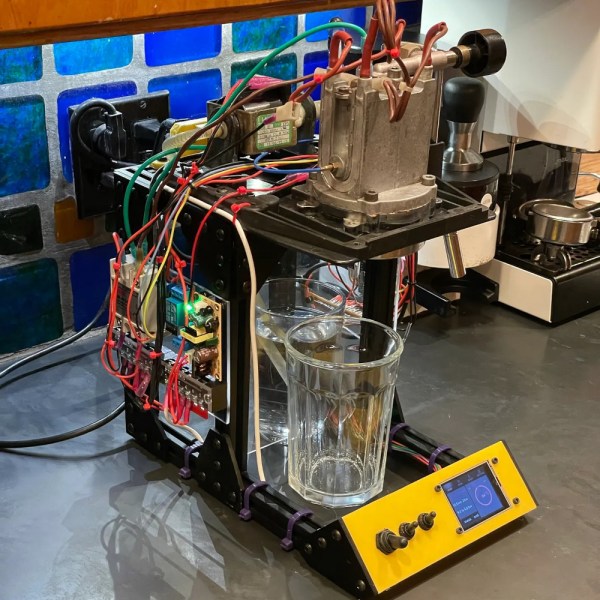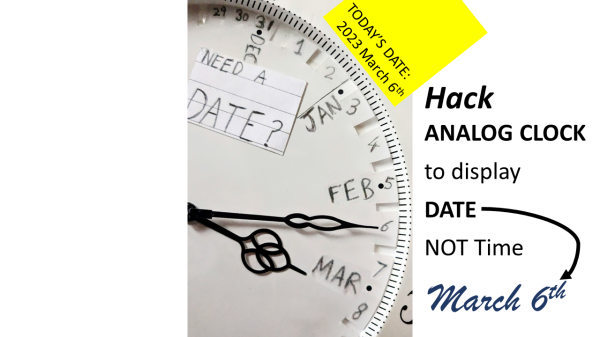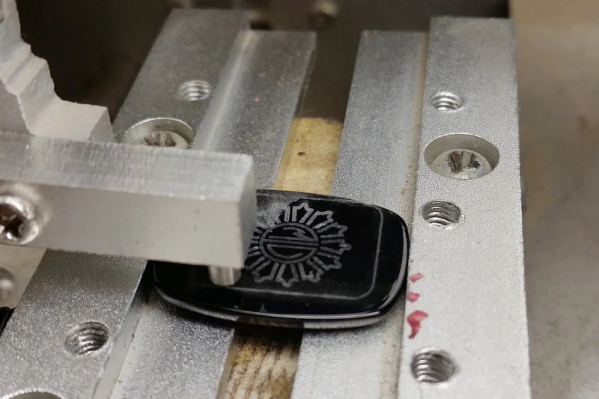One of the core principles of the open-source movement is that anyone who wants to build on a piece of work, in whatever way they want, is easily able to. With source code freely available, the original project can be expanded upon, modified, updated, or simply looked at and used as inspiration. Usually we think about this in the realm of software freedom, but hardware is an important component as well. And not just electronics hardware, either. [Norm] demonstrates this espresso machine which was built on these open-source foundations.
The project takes some inspiration from the open-source Gaggiuino project, which was another build that modified an entry-level espresso maker with finer control over temperature and pressure. [Norm] was not willing to sacrifice his espresso machine for this cause, though, which is how this machine with its cobbled-together hardware came to be. An older machine with some worn parts was sacrificed to the coffee gods instead, making use of its pumps, boiler, and a few other bits of hardware especially from the hydraulics system. The software control is built around the Gaggiuino project, and includes a custom control board for user interface.
Right now the coffee maker does indeed work, but [Norm] hopes to make some improvements to the device including adding an enclosure of some sort, both to prevent accidental contact with the boiler and to give it a sleek, professional look. We kind of like it the way it is, while acknowledging that it isn’t quite ready for commercial production like this. It has a similar industrial feel as this espresso machine we featured a few years ago that is made out of old engine components.



















